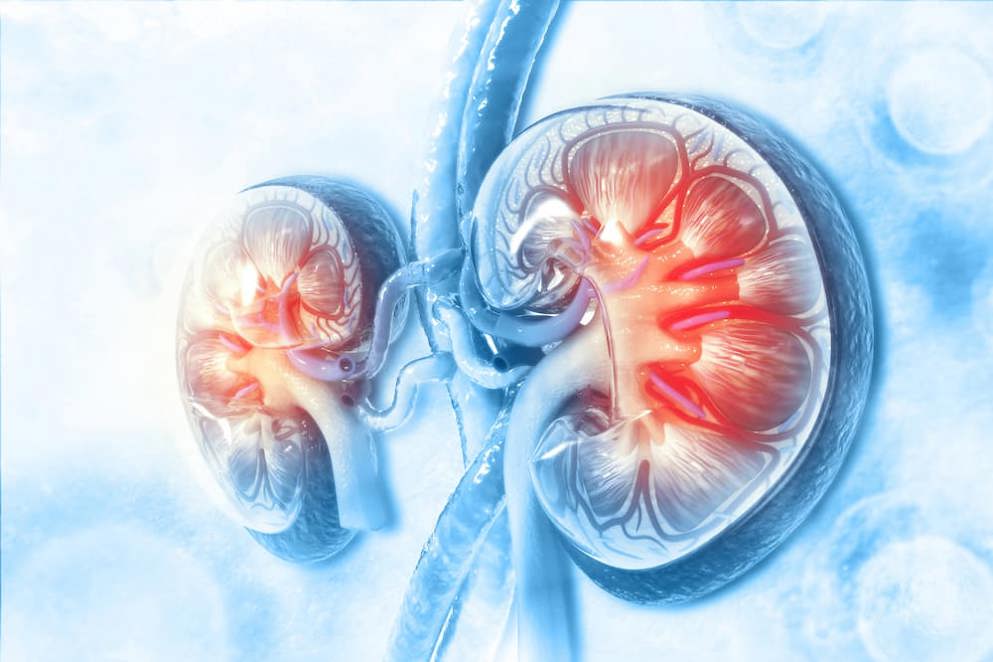Patiromer in patients with kidney disease and hyperkalemia receiving RAAS inhibitors.
Patiromer in Patients with Kidney Disease and Hyperkalemia Receiving RAAS Inhibitors
Background: Hyperkalemia increases the risk of death and limits the use of inhibitors of the renin-angiotensin-aldosterone system (RAAS) in high-risk patients. We assessed the safety and efficacy of patiromer, a nonabsorbed potassium binder, in a multicenter, prospective trial.
Methods: Patients with chronic kidney disease who were receiving RAAS inhibitors and who had serum potassium levels of 5.1 to less than 6.5 mmol per liter received patiromer (at an initial dose of 4.2 g or 8.4 g twice a day) for 4 weeks (initial treatment phase); the primary efficacy end point was the mean change in the serum potassium level from baseline to week 4. Eligible patients at the end of week 4 (those with a baseline potassium level of 5.5 to <6.5 mmol per liter in whom the level decreased to 3.8 to <5.1 mmol per liter) entered an 8-week randomized withdrawal phase in which they were randomly assigned to continue patiromer or switch to placebo; the primary efficacy end point was the between-group difference in the median change in the serum potassium level over the first 4 weeks of that phase.
Results: In the initial treatment phase, among 237 patients receiving patiromer who had at least one potassium measurement at a scheduled visit after day 3, the mean (±SE) change in the serum potassium level was -1.01±0.03 mmol per liter (P<0.001). At week 4, 76% (95% confidence interval, 70 to 81) of the patients had reached the target potassium level (3.8 to <5.1 mmol per liter). Subsequently, 107 patients were randomly assigned to patiromer (55 patients) or placebo (52 patients) for the randomized withdrawal phase. The median increase in the potassium level from baseline of that phase was greater with placebo than with patiromer (P<0.001); a recurrence of hyperkalemia (potassium level, ≥5.5 mmol per liter) occurred in 60% of the patients in the placebo group as compared with 15% in the patiromer group through week 8 (P<0.001). Mild-to-moderate constipation was the most common adverse event (in 11% of the patients); hypokalemia occurred in 3%.
Conclusions: In patients with chronic kidney disease who were receiving RAAS inhibitors and who had hyperkalemia, patiromer treatment was associated with a decrease in serum potassium levels and, as compared with placebo, a reduction in the recurrence of hyperkalemia. (Funded by Relypsa; OPAL-HK ClinicalTrials.gov number, NCT01810939.).
Access full article
Featured Learning Zones
You may be interested in...
Objective: To review evidence regarding osteoporosis screening, prevention, diagnosis, and management in the past decade and update the position statement published by The North American Menopause Society (NAMS) in 2010 regarding the management of osteoporosis in postmenopausal women as new therapies and paradigms have become available.




